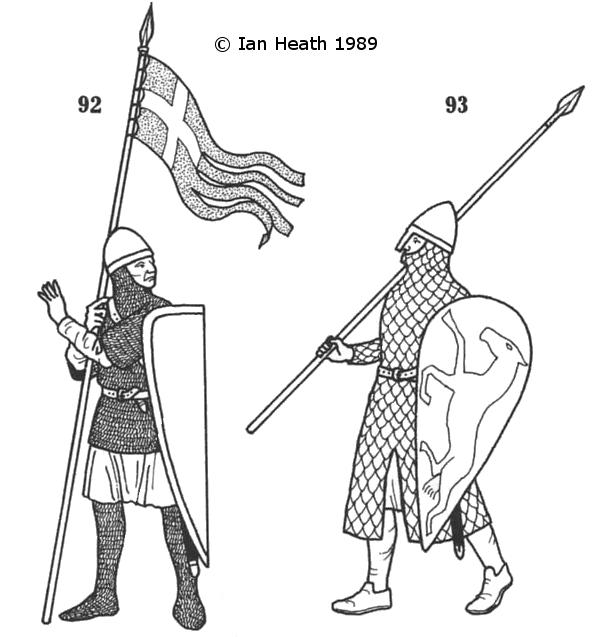
Try Amazon Fresh
ITALIAN HEAVY INFANTRYMEN OR KNIGHTS OF THE COMMUNE, 12th CENTURY
An extract from Armies of Feudal Europe 1066-1300by Ian Heath
 |
|
| [Based on the Basilica di San Zeno porch lunette by Nicholaus, Verona, c.1135-38] | [Based on the Porta Romana frieze] |
